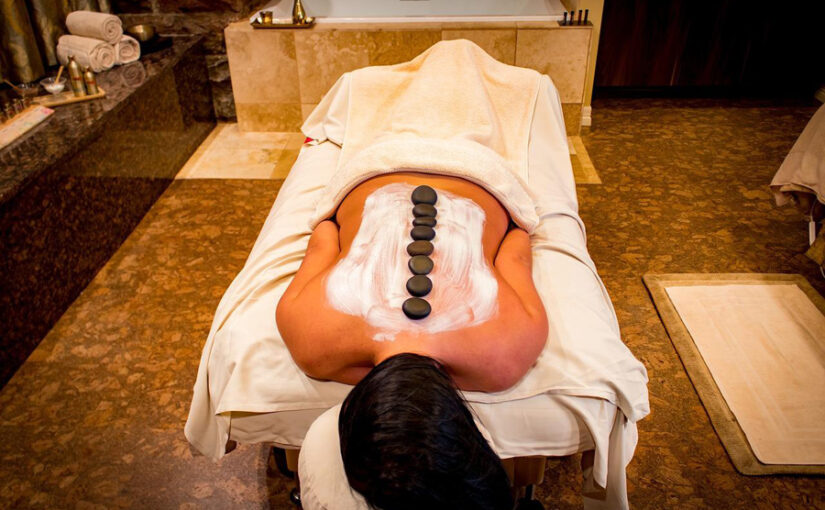Massage therapy has a long history of promoting relaxation, relieving muscle tension, and reducing stress. When it comes to massage options, a hot stone massage and traditional massage are two of the most sought-after choices. However, what sets them apart, and how do you decide which will be the better fit for you?
In this article, we’ll compare hot stone and traditional massage, explaining their distinct characteristics, advantages, and considerations to help you make an informed decision. Then, accordingly, you can get a relaxing hot stone massage.
Hot Stone Massage
A Hot stone massage is a therapeutic method that employs heated, smooth stones to enhance the massage experience. Here’s what you should know about hot stone massage:
- Heat and Stones: The defining feature of a hot stone massage is the use of warm stones. Typically made of basalt, a volcanic rock, these stones are heated to a comfortable temperature and strategically placed on specific areas of your body. The therapist may also utilize the stones to massage your muscles.
- Deep Relaxation: Hot stone massage excels at deeply relaxing your muscles, surpassing the effects of a traditional massage. The heat from the stones also boosts blood circulation, which can be particularly beneficial for individuals with poor circulation.
- Stress Reduction: Renowned for its stress and anxiety reduction abilities, a hot stone massage creates a serene and calming atmosphere with the soothing warmth of the stones and gentle massage strokes.
- Pain Alleviation: The heat generated by the stones can relieve muscle discomfort and pain. This is especially helpful for individuals with chronic pain or muscle stiffness.
- Enhanced Sleep: Many individuals find that hot stone massage improves their sleep quality. The relaxation it induces leads to better rest and more restorative sleep patterns.
Traditional Massage
Traditional massage, also called a Swedish massage, ranks among the most commonly practiced forms of massage therapy. Here’s a general overview:
- Techniques: Traditional massage incorporates a variety of massage techniques, such as effleurage (long, gliding strokes), petrissage (kneading), tapotement (rhythmic tapping), and friction. These techniques are applied using the therapist’s hands and sometimes their forearms or elbows.
- Muscle Relaxation: Similar to hot stone massage, traditional massage eases muscle tension and reduces stress. The therapist can adjust the pressure based on your preferences and specific requirements.
- Flexibility and Range of Motion: Traditional massage can enhance flexibility and range of motion by stretching and manipulating muscles and joints. It’s often recommended for athletes or individuals with mobility limitations.
- Stress Relief: Traditional massage effectively diminishes stress and fosters relaxation through rhythmic, flowing movements, soothing the nervous system.
- Pain Relief: This type of massage can alleviate muscle pain and discomfort. It is frequently used to manage pain stemming from conditions like tension headaches, fibromyalgia, and arthritis.
Summing Up
Hot stone and traditional massage offer distinct advantages for relaxation, stress reduction, and muscle relief. Your choice between the two should reflect your preferences and the particular outcomes you seek.
Whether you opt for the soothing warmth of hot stones or the rhythmic strokes of a traditional massage, both options contribute to your overall well-being and provide a revitalizing experience for your body and mind.
Featured Image Source: https://cdn.pixabay.com/photo/2018/02/27/03/39/people-3184615_1280.jpg

